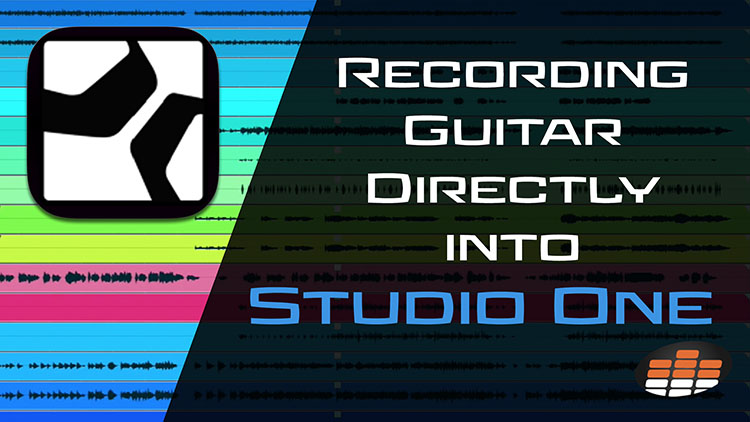Carlo Libertini is a Melodyne audio editing specialist with Music Marketing Inc. of North America. He’s also an audio production engineer with twenty years’ experience, and performs trainings, demonstrations, and services for top studios and institutions across the country.
In between production responsibilities he conducts online training seminars, collaborative production meetings, software demonstrations, and video tutorials.
Carlo is Pro Mix Academy’s resident Studio One expert, too! In this video he explains how to record electric guitar directly into Studio One.
When we talk about recording “direct,” we’re referring to plugging the guitar straight into an audio interface using a standard 1/4″ instrument cable. This is one of the easiest ways to record guitar without using a real amp and cabinet, which can be prohibitively loud in a home studio.
The first thing to do in Studio One is make a new mono audio track and name it something recognizable—”Guitar” always works! Be sure to match the track’s input to your interface, such as Input 1 or Input 2. If you strum the guitar at this point, you won’t hear anything coming through Studio One just yet.
Now you can open up the Mixer, and find Inputs at the lower left-hand side of the window. You’ll notice you have signal coming in and can adjust the preamp gain as well—you can keep it conservatively low (around 10 dB) to start. To hear your signal, you’ll need to record enable the track!
The direct signal coming from the your guitar into the interface isn’t anything special. You’ll want to add an amp sim plugin like PreSonus Ampire to your track to create a more inspiring tone! Ampire has a ton of different amps, pedals, cabinets, and microphones to build a virtual guitar rig for real-time tracking.
Navigating back to the Edit window, be sure to enable input monitoring on the track as well. This lets you hear back what you’re recording in real-time. Now you can start recording and collecting takes!





